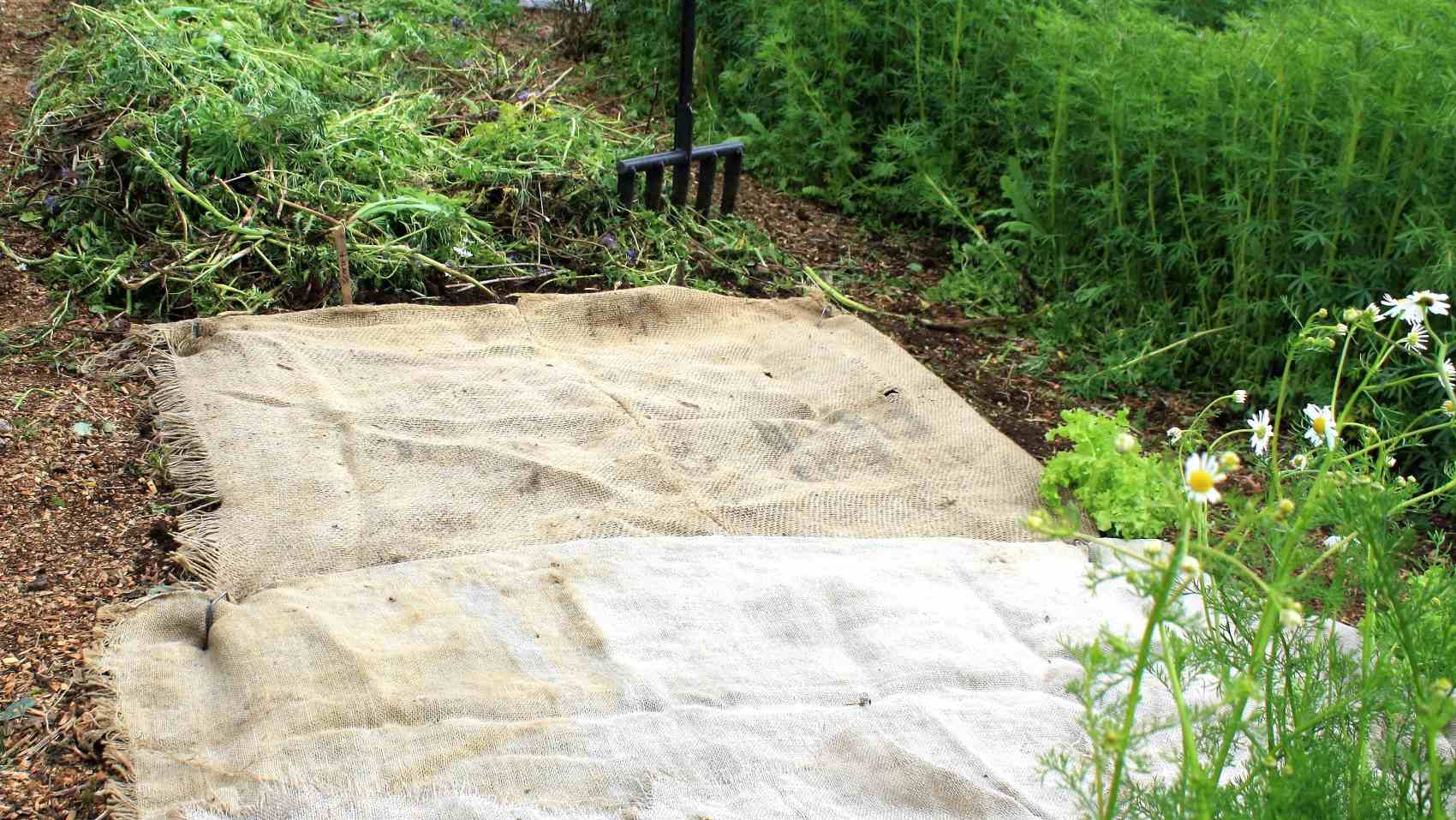December In The Vegie Patch


A December planted zucchini, cucumber + a few tomatoes are awesome when late summer rolls around. Keep the harvests flowing in, in a regular way with regular, little plantings and sowings this month.
If it's hot at yours, shade comes to the rescue. I plant all my summer seedlings out under a simple bivvy , an older plant that's going to seed or amongst greencrops - what a difference! Much depends, of course, on your climate and the weather of the day.
- Heat lovers only need shade for a day or so if it's roasting hot. If it's cooler they'll be AOK without it.
- Plants not so keen on the heat like leafy greens, need shade a little longer and may even need it for the duration. In hot or dry places, plant them where there is afternoon shade from a taller crop or building.
The trick to an epic summer garden is your daily garden stroll - it's hardly a chore is it?! Catching problems early makes for simple solutions and a peaceful, easy life. Those little jobs done there and then keep everything steadily + happily ticking away. Squash a few aphids, clear windblown flowers off new seedlings, train plants onto frames, remove old past it foliage (hello compost!), pinch small laterals off tomatoes - a little each day, adds up to a lot of care = best garden ever.
What to plant + sow in December
If you look after your soil through summer with best watering, living mulches, homemade mulch, greencropping between crops, and liquid feeds, you'll be able to plant winter crops late summer and autumn, without having to do major soil repair missions. Such a breeze! If there's one thing on your mind as you head into summer - let it be soil care and watering.
If you're going away, sow greencrops in every gap and make sure everything is properly hydrated before you go away.
Sow

Direct Sow
- Carrots and parsnip
- Sow coriander and rocket in part shade - beneath taller crops works well.
- Flowers like cosmos, bishops flower and cornflower to keep the bees and beneficials fed.
- Sow summer greencrops in every space: phacelia, buckwheat, mustard, marigold, bishops flower, daikon, flax, crimson clover or lupin are all great options. Make a mixture! The more diverse the ground cover the stronger your soils.
Tray Sow
- Climbing beans, dwarf beans, corn, cucumber, zucchini, tomato, dill, basil, chervil, red onion, spring onion
- Zinnia, anise hyssop, sunflower, cleome, migonette, love lies bleeding and loads of marigolds
Direct or tray sow
Transplant

- Corn, leeks, red onions, spring onions, potatoes, parsley and companion flowers
- Last call to plant out melons, squash, kumara and yams. They need to be in ground early summer at the latest if you want them ripe by autumn
- Plant tomatoes, basil, marigolds, zuchinni, melons, cucumber, dwarf beans, climbing beans and soya beans into the greenhouse, unless you live in warmer climes and can plant them outside
In Praise of Dwarf Beans

Dwarf beans are such a useful gap filler - they zoom from seed to harvest in 9 weeks! But unlike climbing beans they crop all in one go, and that's it - c'est fini! For continuity of supply, sow a new little row every fortnight or month - whatever suits.
These are the bean for windy sites, because they are easy to tuck away out of the blast. Hold them up with a stake either end of the row and a bit of twine about the middle - no frames, another bonus!
Regular + odd jobs

- Harvest onions and garlic and get them up and curing. Especially if they are heading off to seed - the bulbs wont fatten anymore from here. Re sow the bed right away with a greencrop or plant a light feeder like beans or saladings.
- Make a compost pile or 3!
- Move worm farms out of the afternoon sun.
- Fossick beneath potatoes for the first new spuds of the season - treats!
- Stay chill about the pests. There's lots you can do to minimise them - water properly, stop over feeding, stop feeding artificial fertilisers and grow a booomer population of beneficial insects. Meantime squash the ones you see on your daily check in.
Harvest herbs

Mint, thyme, lemon balm, roses, chamomile and oregano are lush and ripe for harvest right now. Catch leaf herbs before they flower, and flower herbs when they are at their height of perfection. Pick them in the morning after the dew has dried but before the sun burns off their oils. I dry them in my dehydrator.
They dry perfectly well, hanging in small bunches or laying in single layers in baskets or woven trays, somewhere warm, airy and out of direct sunlight.
Jars of homegrown herbs are super useful for winter in cooking, medicine and herb teas. They make lovely christmas pressys too.

